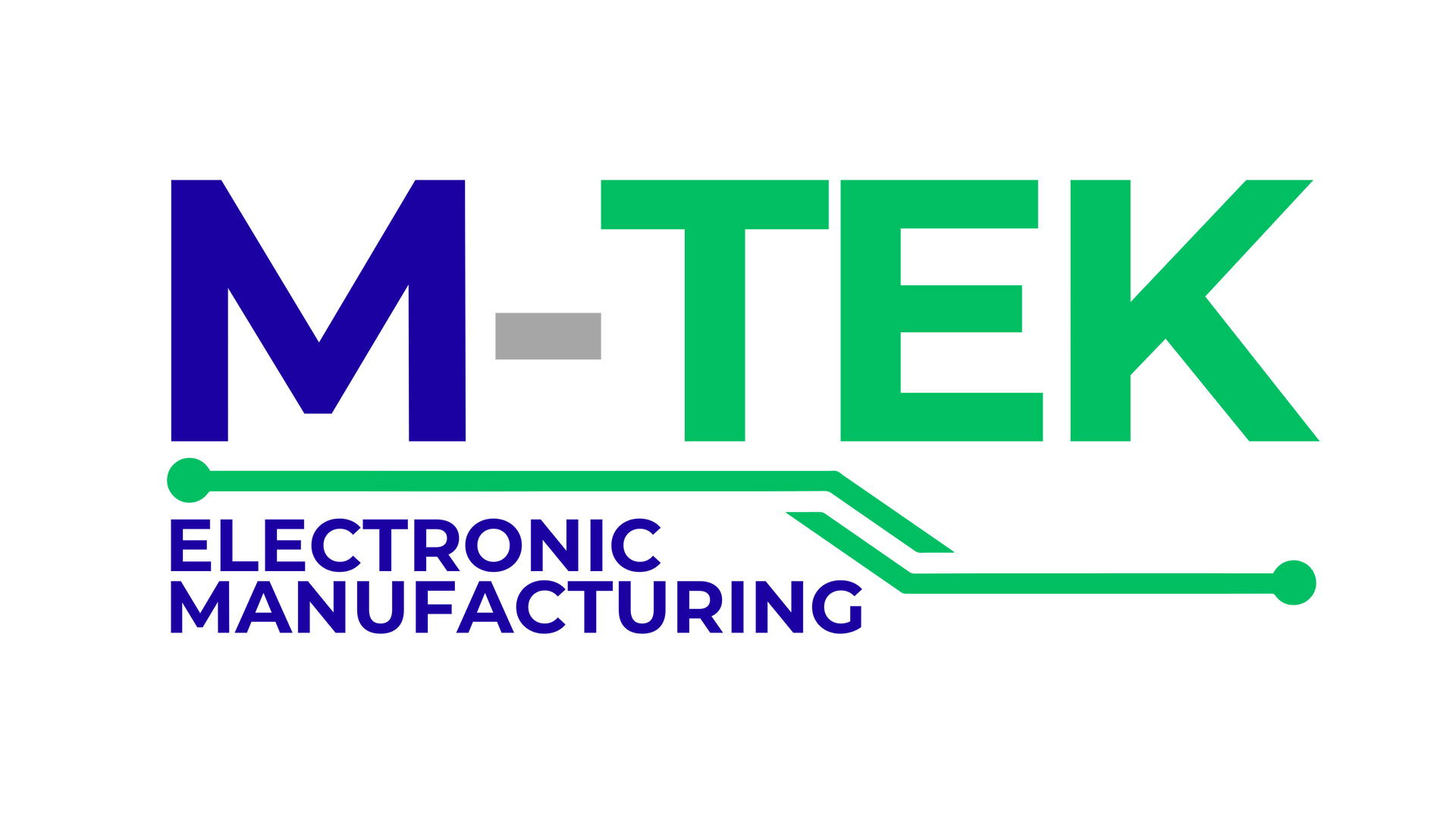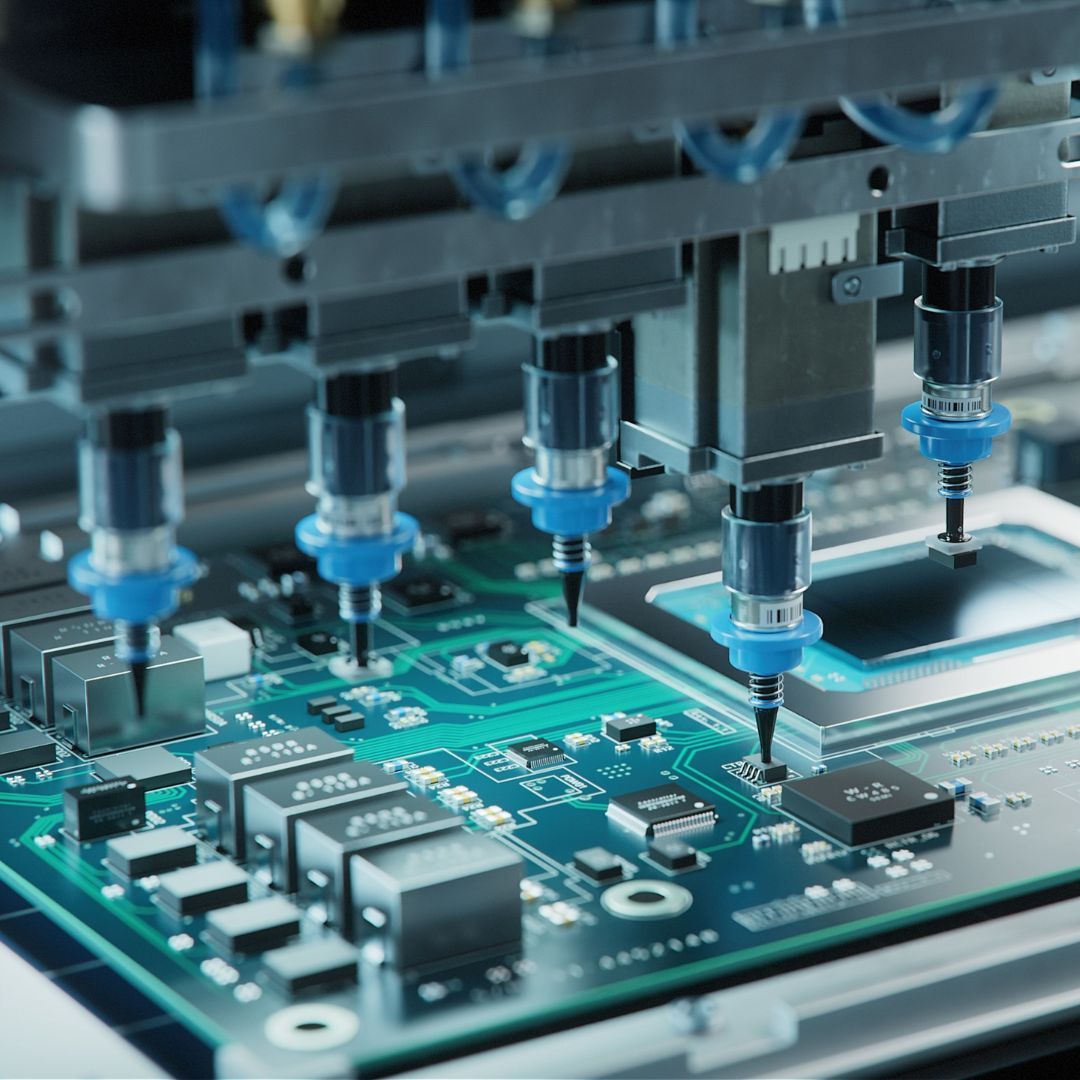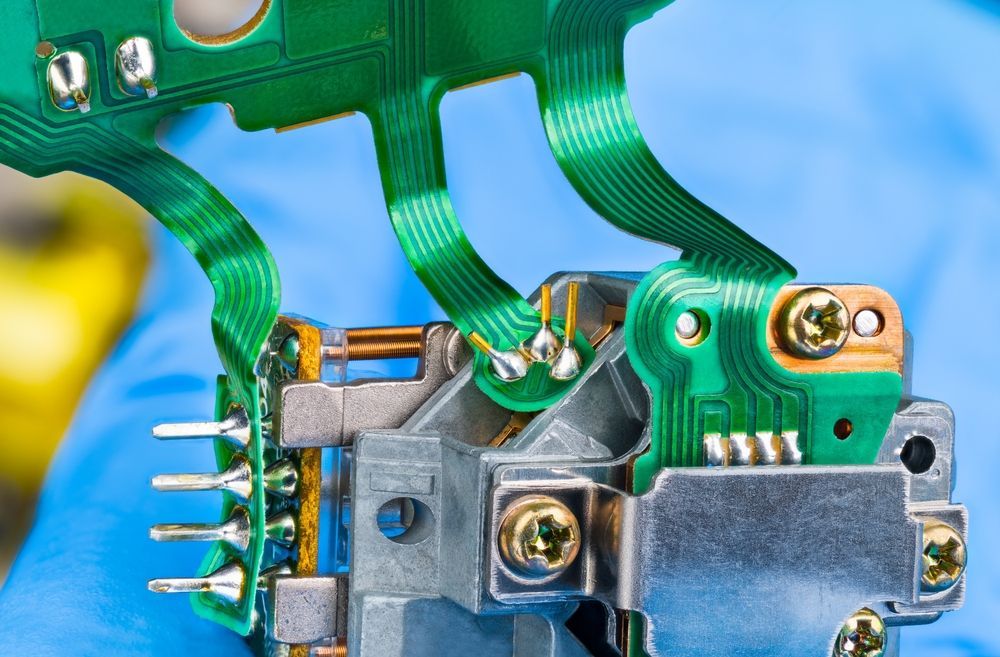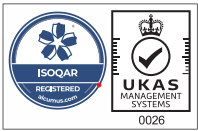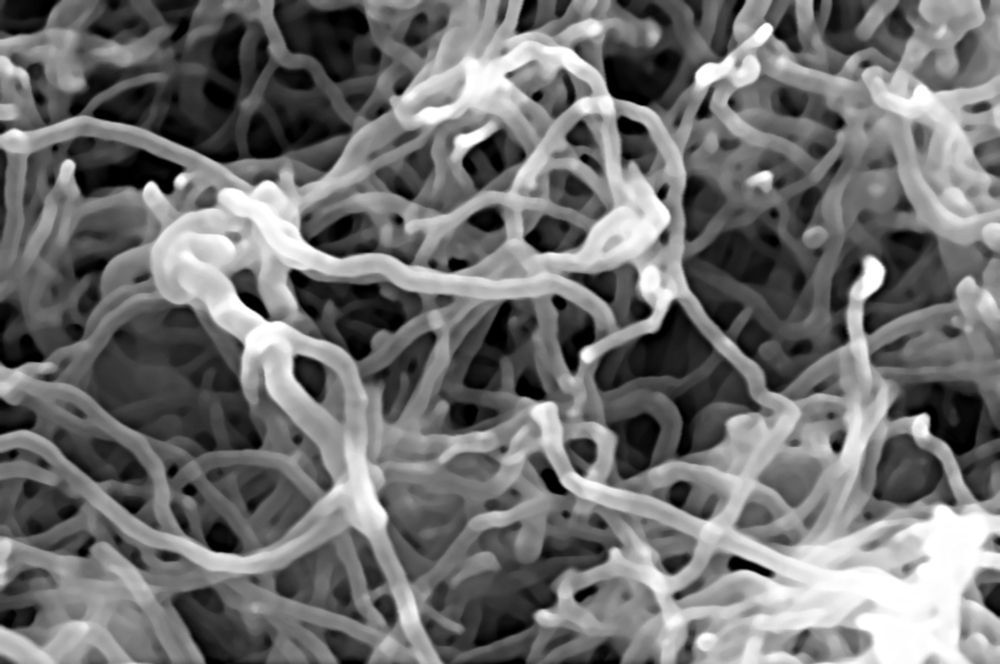
Beyond Silicon: Exploring Alternative Materials for Circuit Boards
Silicon has long been the reigning champion in the world of electronics, serving as the foundation for the ubiquitous circuit boards that power our modern devices.
However, as technology continues to advance, researchers and engineers are exploring alternative materials that could potentially surpass silicon in terms of performance, efficiency, and versatility.
In this article, we delve into the realm of alternative materials for circuit boards, examining promising candidates that may shape the future of electronics.
Gallium Nitride (GaN)
Gallium Nitride, known for its exceptional electrical properties, is gaining attention as a potential alternative to silicon.
GaN-based circuit boards offer high power density, low on-resistance, and superior thermal conductivity, making them ideal for applications in power electronics, renewable energy systems, and electric vehicles.
Graphene
Graphene, a single layer of carbon atoms, is an incredibly thin yet strong material with exceptional electrical conductivity.
Researchers are investigating the feasibility of using graphene-based circuit boards, which could provide ultra-high-frequency operation, enhanced thermal properties, and mechanical flexibility, paving the way for flexible and wearable electronics.
Organic Materials
Organic materials, such as polymers and organic semiconductors, present exciting possibilities for circuit board fabrication. Organic circuit boards offer advantages like low-cost production, flexibility, and the potential for large-area manufacturing. They hold promise for applications in flexible displays, printed electronics, and lightweight devices.
Transition Metal Dichalcogenides (TMDs)
Transition Metal Dichalcogenides, such as molybdenum disulfide (MoS2) and tungsten diselenide (WSe2), have emerged as intriguing materials for next-generation circuit boards.
TMD-based devices can exhibit excellent electrical performance, even at nanoscale dimensions, and their unique properties make them suitable for applications in high-speed and low-power electronics.
Carbon Nanotubes (CNTs)
Carbon nanotubes possess remarkable electrical conductivity and mechanical strength, making them potential replacements for silicon in circuit board construction.
CNT-based circuit boards offer advantages like high-speed operation, reduced power consumption, and improved heat dissipation.
However, challenges related to large-scale production and integration remain to be addressed.
III-V Semiconductors
III-V compound semiconductors, including gallium arsenide (GaAs) and indium phosphide (InP), exhibit excellent electronic properties and have been widely used in specialised applications.
Researchers are exploring the integration of III-V semiconductors into circuit boards to achieve enhanced performance for high-frequency and optoelectronic applications.
Perovskite Materials
Perovskite materials, known for their outstanding optoelectronic properties, are being investigated for potential use in circuit board technology.
Perovskite-based circuit boards could enable efficient light emission, solar energy harvesting, and novel device functionalities, revolutionising fields such as photonics and energy conversion.
Nanomaterials
Various nanomaterials, such as nanowires, nanoribbons, and quantum dots, hold promise for circuit board advancements.
These materials exhibit unique properties at the nanoscale, allowing for enhanced device performance, improved energy efficiency, and novel functionalities.
However, challenges related to scalability and integration need to be overcome.
2D Materials
Beyond graphene, other two-dimensional (2D) materials, such as molybdenum diselenide (MoSe2) and hexagonal boron nitride (hBN), are being explored for circuit board applications.
These materials offer diverse electronic properties, enabling the development of novel electronic and optoelectronic devices with improved performance and reduced power consumption.
Hybrid Materials
Hybrid materials, combining different materials on a single circuit board, provide an avenue for synergistic performance.
For instance, integrating silicon with alternative materials like graphene or nanotubes can leverage the best of both worlds, harnessing the strengths of each material to achieve superior device performance.
Conclusion
As the demand for faster, more efficient, and flexible electronic devices continues to grow, exploring alternative materials for circuit boards becomes imperative.
While silicon has been the backbone of the electronics industry for decades, the emergence of alternative materials, such as gallium nitride, graphene, and organic compounds, opens up new avenues for innovation.
The pursuit of these materials holds the potential to revolutionise the field of electronics, ushering in a new era of high-performance, energy-efficient, and multifunctional devices.
M-Tek
At M-Tek Assembly we have decades of experience. We have accomplished a
net-zero carbon footprint by using electric vehicles, and for all print circuit boards we build, we plant a tree. Contact us today for assistance on anything regarding PCB assembly. Call
01189 455377 or follow us on
Twitter to learn more about our products and services.
